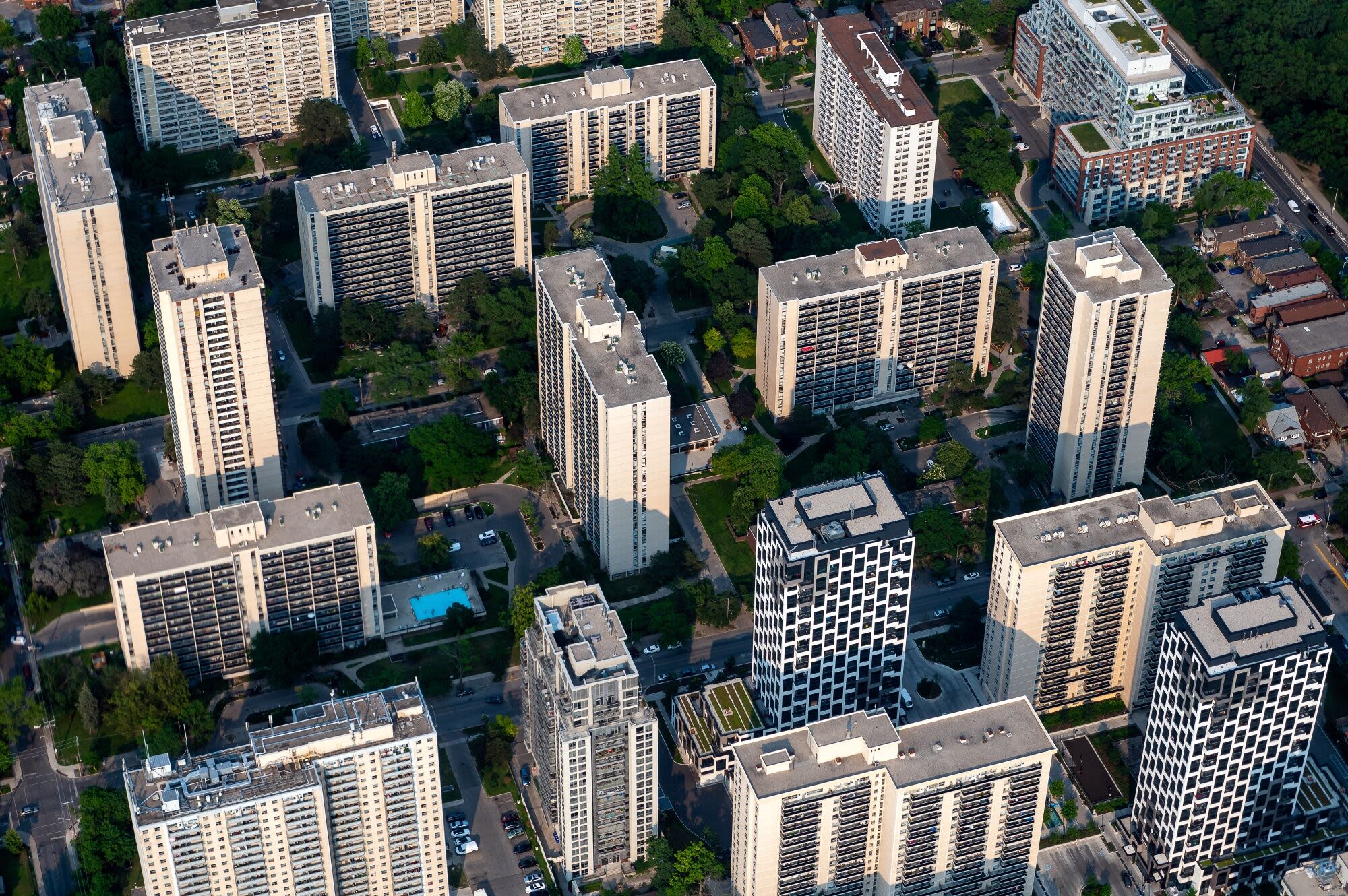Search results
Canada has ten provinces and three territories that are sub-national administrative divisions under the jurisdiction of the Canadian Constitution.
2 days ago · Canada, the second largest country in the world in area, occupying roughly the northern two-fifths of the continent of North America. Despite Canada’s great size, it is one of the world’s most sparsely populated countries. It has crafted what many consider to be a model multicultural society.
From Wikipedia, the free encyclopedia. The history of Canada covers the period from the arrival of the Paleo-Indians to North America thousands of years ago to the present day. The lands encompassing present-day Canada have been inhabited for millennia by Indigenous peoples, with distinct trade networks, spiritual beliefs, and styles of social ...
Jan 4, 2012 · Canada came into its own in 1791 when the Constitutional Act (or Canada Act) divided the Province of Quebec, then considerably enlarged, into the provinces of Upper Canada and Lower Canada. In 1841 they were joined to form the Province of Canada .
News about Canada, Mark Henry, Slovakia
News about Los Angeles Kings, Shohei Ohtani, Jim Hiller
Also in the news
Canada is a country in North America. Its ten provinces and three territories extend from the Atlantic Ocean to the Pacific Ocean and northward into the Arctic Ocean, making it the world's second-largest country by total area, with the world's longest coastline.
Canada is a country and sovereign state in the north of North America. It is made up of thirteen administrative divisions: ten provinces and three territories. The different levels of government in Canada are based on the principles of a federation: the governments of each province and territory share power with the federal government.
History, politics, arts, science & more: the Canadian Encyclopedia is your reference on Canada. Articles, timelines & resources for teachers, students & public.





